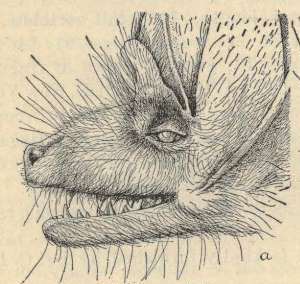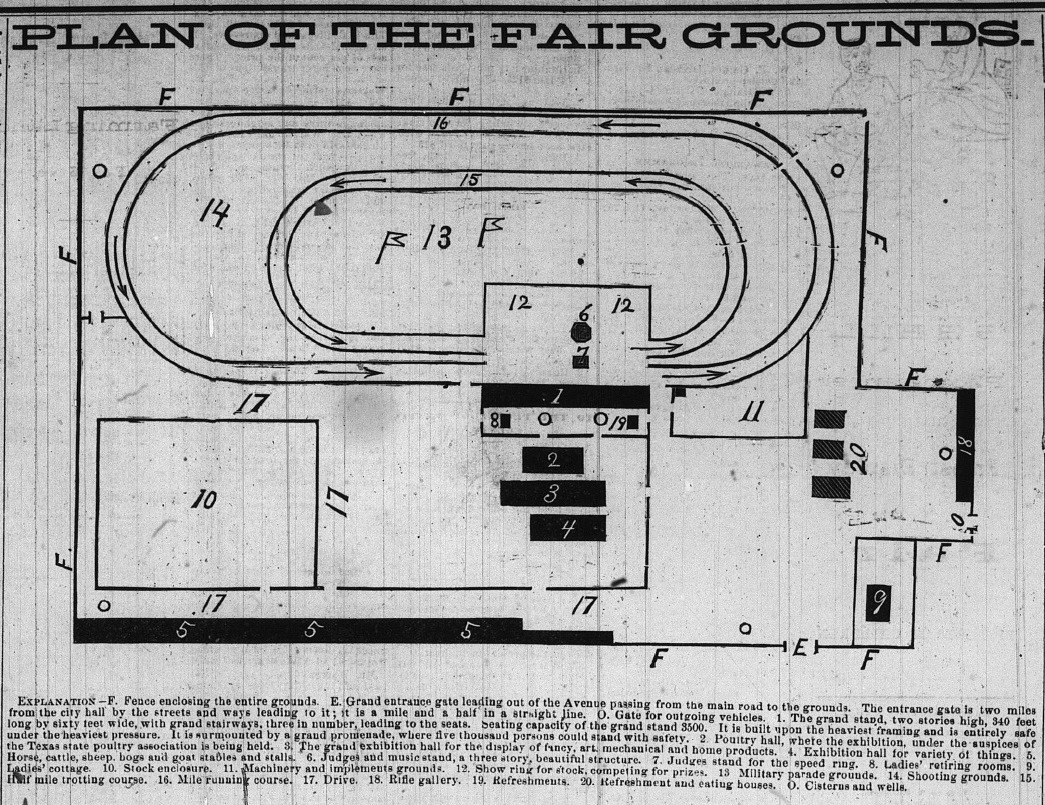 Austin, Texas is the seasonal home to a large population of Mexican free-tailed bats who spend their summers under the Congress Avenue bridge on the edge of downtown. According to Wikipedia it is the largest urban colony in North America, with an estimated 1.5 million bats.
Austin, Texas is the seasonal home to a large population of Mexican free-tailed bats who spend their summers under the Congress Avenue bridge on the edge of downtown. According to Wikipedia it is the largest urban colony in North America, with an estimated 1.5 million bats.
The Congress Avenue bat colony is a popular tourist attraction and bat aficionados line the bridge on summer evenings to witness the impressive display as the colony departs into the skies over Austin at dusk.
By contrast, in the 1880s the presence of bats in Austin was not met with the same enthusiasm. As the city grew in the late 19th century, the area bat population increasingly sought refuge in the urban setting, frequently roosting in downtown buildings, barns and homes. Austinites regarded them as household pests, straying from attics into dining rooms and disturbing suppers.
In March 1885, William Frank “Doc” Carver, better known as Dr. Carver, a former dentist, hunting guide, and self-styled frontiersman, was making his way across Texas starring in a touring shooting exhibition that showcased his renowned marksmanship skills to large and enthusiastic crowds, sometimes with local challengers, shooting contests and wagering.
Dr. Carver had started his career as an exhibition marksman in the late 1870s; he briefly teamed up with Buffalo Bill’s Wild West Show but by 1885 he and Bill Cody had parted ways and Carver was touring with his own show company.
For the highlight of his show in Austin, Carver had announced that he would shoot 1000 bats in 80 minutes. A large crowd attended the show at the Capital State Fairgrounds (located in what is now Hyde Park). The Statesman described Carver’s show, the targets and techniques, some of which were provided by the crowd and kept as souvenirs. After an afternoon of shooting of targets, “the real fun of the occasion — the shooting of the bats” commenced. The roosting location of the bats is not named but it was possibly the fairground pavilion, which evidently must have housed enormous numbers of bats in the immediate vicinity. (see diagram below)
As the bats took to the sky at dusk, Carver used a repeating shotgun to lay waste to the bats. The Statesman reported “it fairly seemed to rain bats, but the slaughter never ceased.” Dr. Carver successfully killed 1000 bats in 78 minutes. The Statesman praised Carver’s accuracy and “powers of endurance that few men possess.”
 Ironically, after the smoke cleared Dr. Carver suffered the indignity of being fined for bat hunting without a license. The fine was levied by Justice of the Peace Von Rosenberg, who perhaps prefigured Austin’s contemporary bat conservationists or more likely saw the opportunity to add a few extra dollars to the city coffers. The Statesman subsequently defended Carver with the opinion that “it ought not to require any license for the extermination of the winged nuisances” and that “the next legislature should provide a bounty for their destruction”.
Ironically, after the smoke cleared Dr. Carver suffered the indignity of being fined for bat hunting without a license. The fine was levied by Justice of the Peace Von Rosenberg, who perhaps prefigured Austin’s contemporary bat conservationists or more likely saw the opportunity to add a few extra dollars to the city coffers. The Statesman subsequently defended Carver with the opinion that “it ought not to require any license for the extermination of the winged nuisances” and that “the next legislature should provide a bounty for their destruction”.
In spite of Dr. Carver’s onslaught, Austin’s bats remained and thrived. Dr. Carver’s shooting exhibitions toured the world the world for the next decade.
Source:
Austin Daily Statesman. 31 Mar 1885.
http://codyarchive.org/memorabilia/wfc.prog.1883.html

